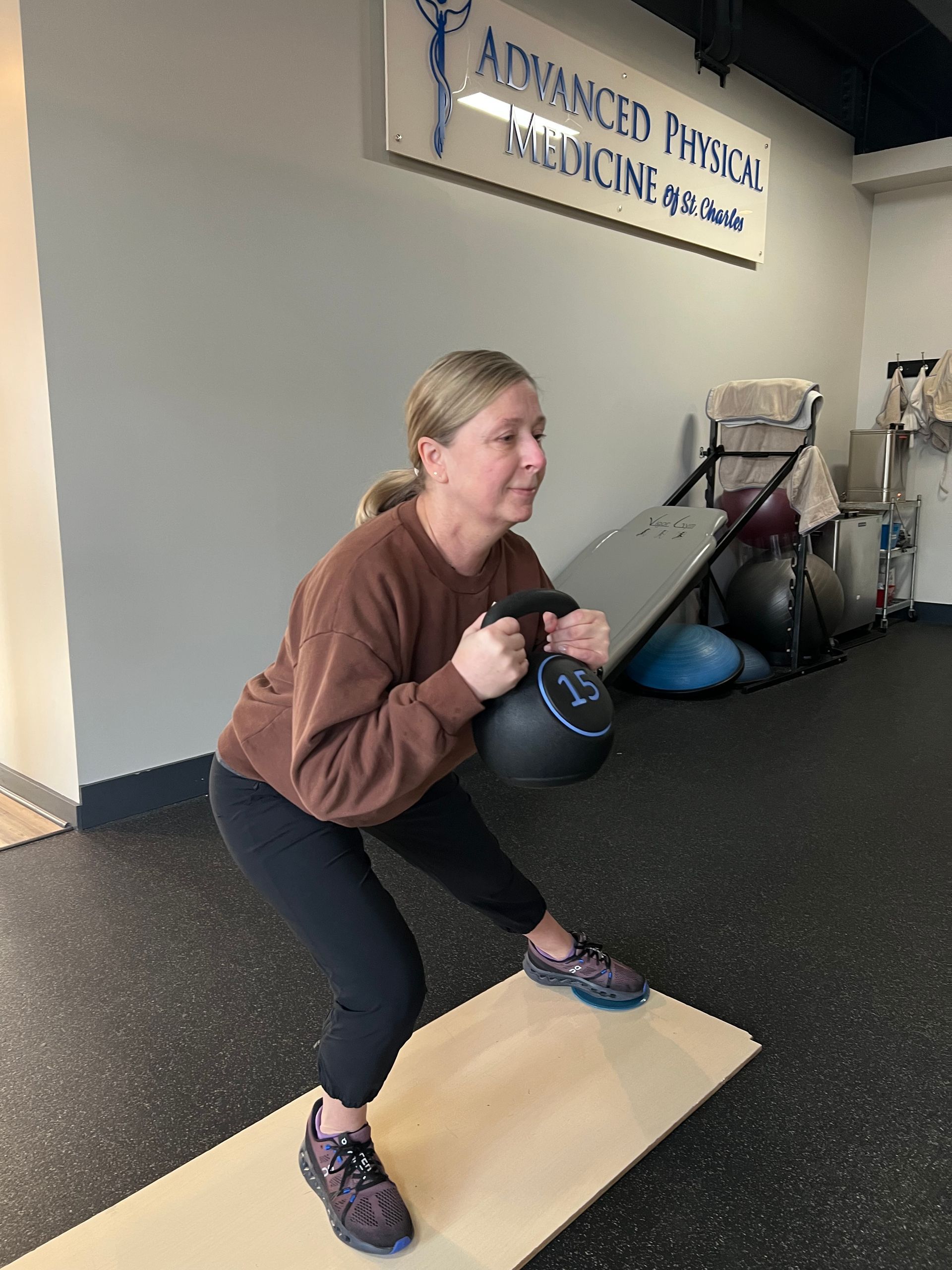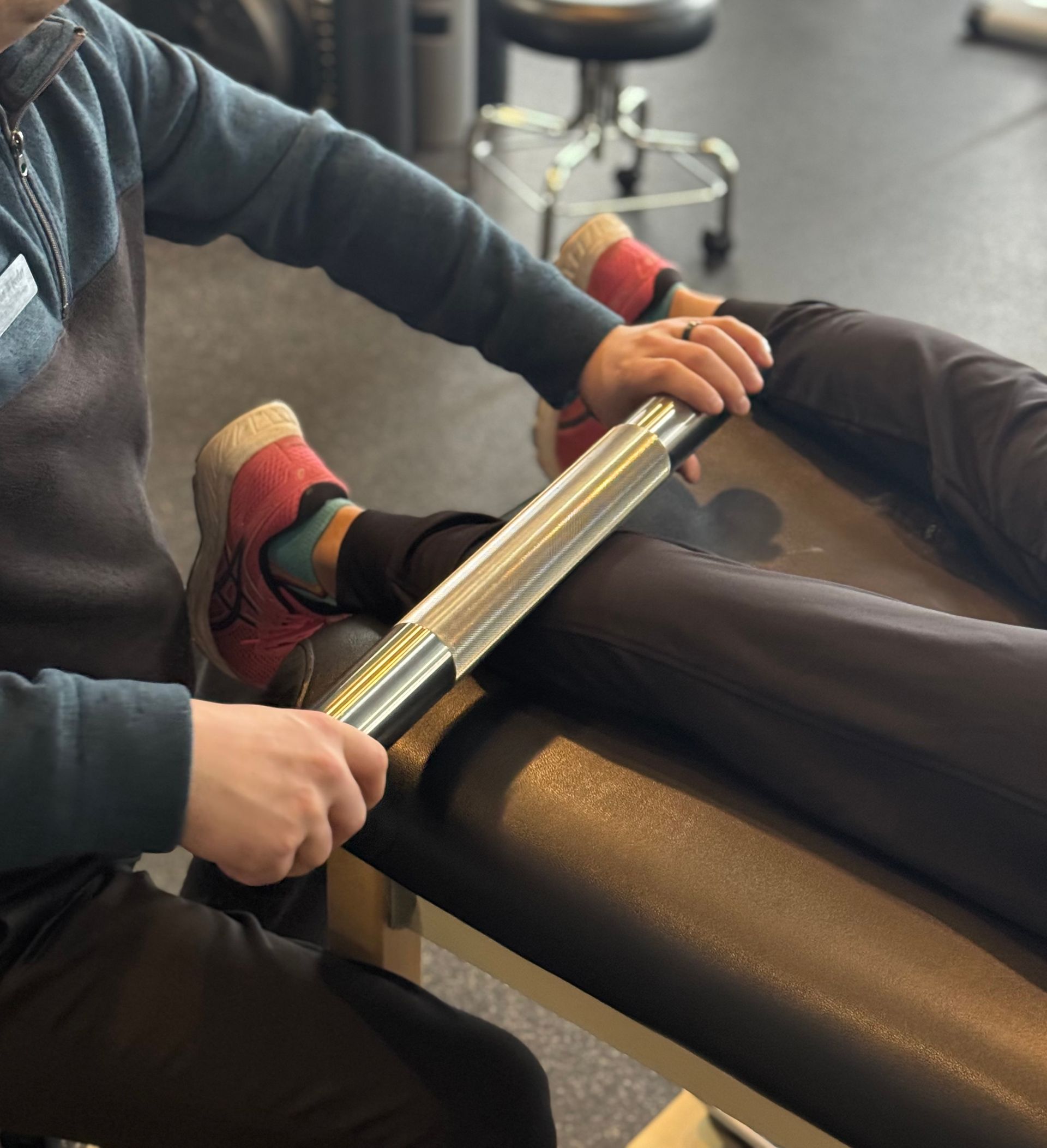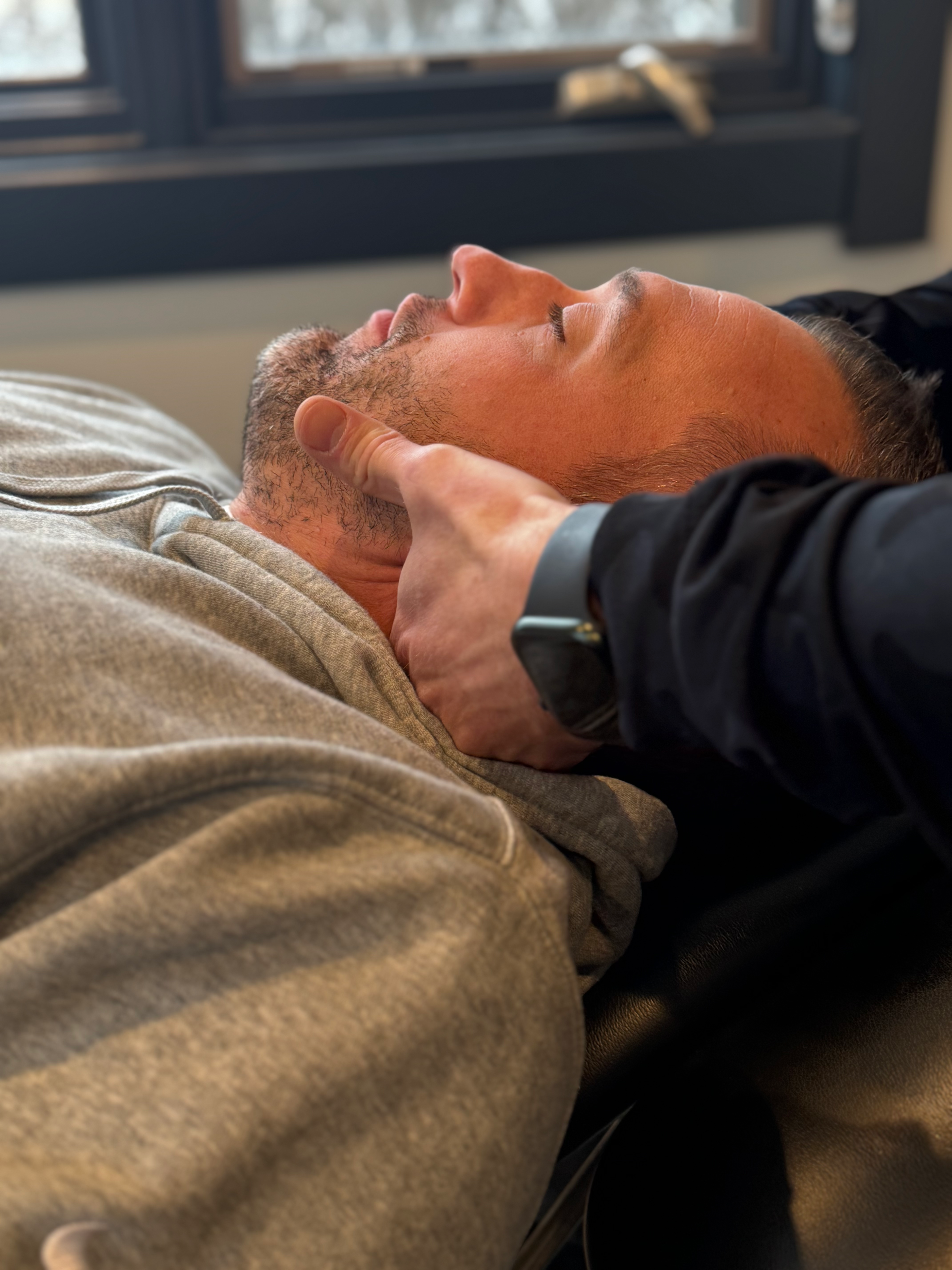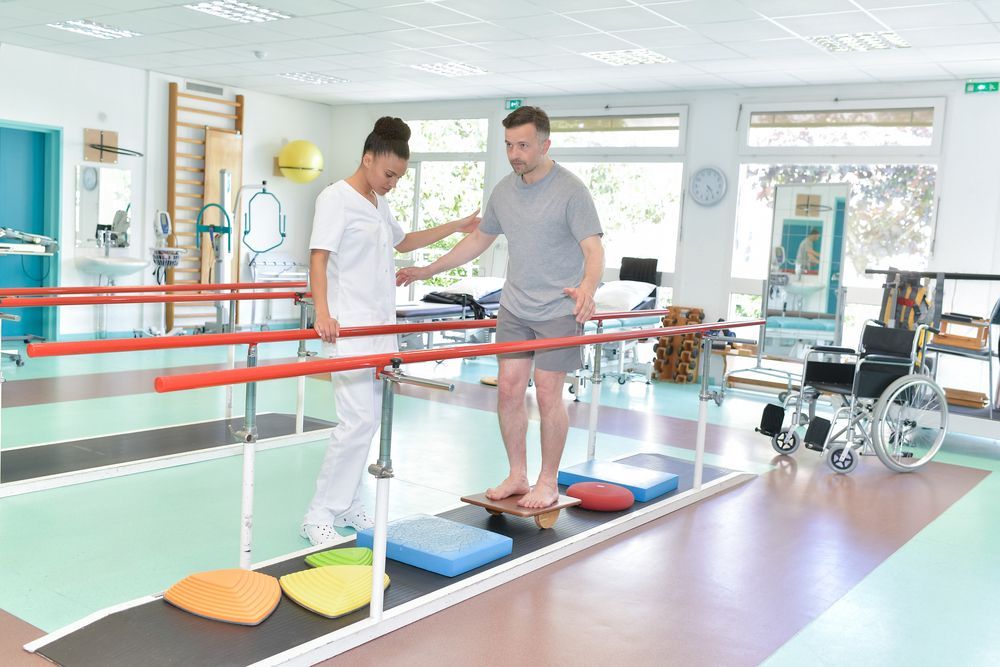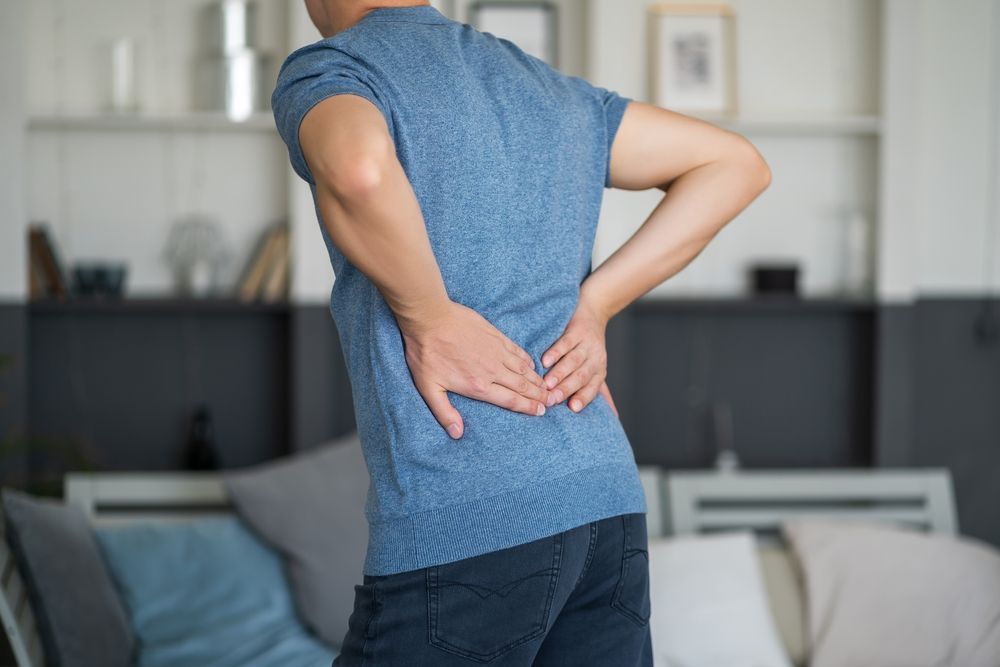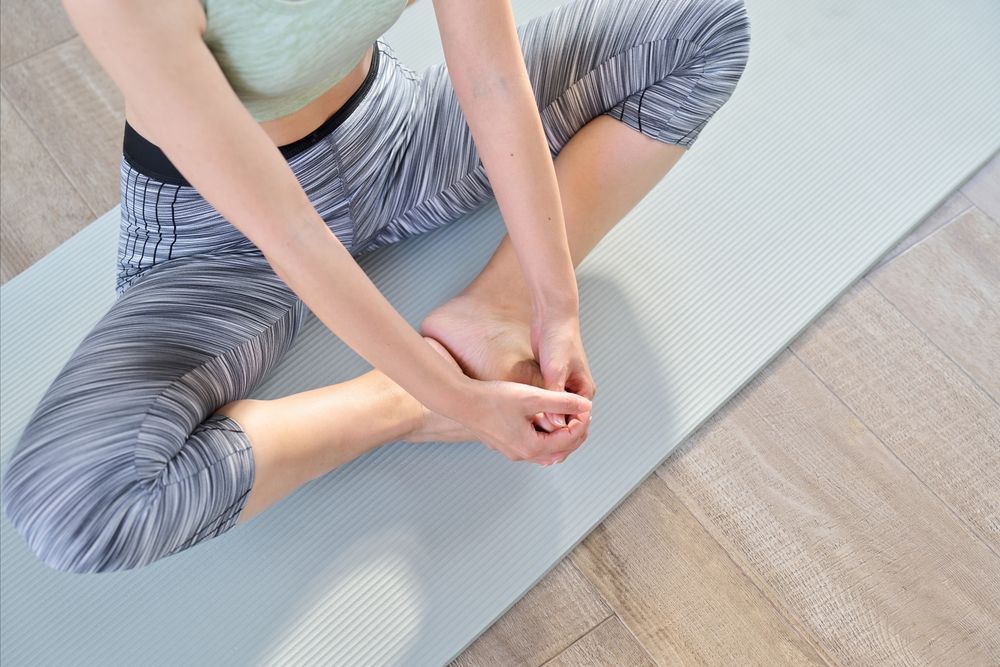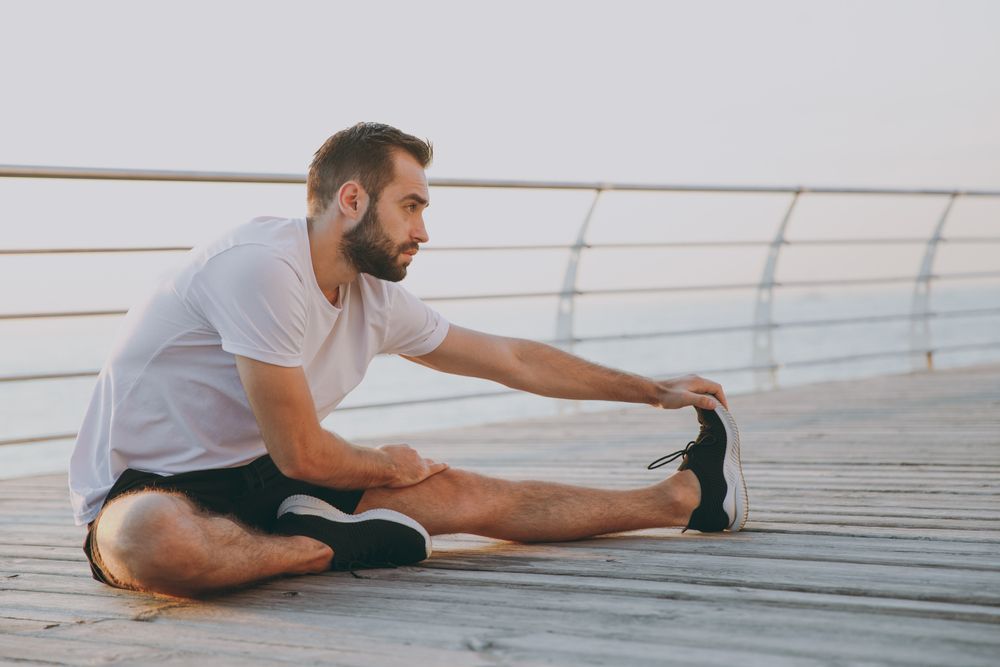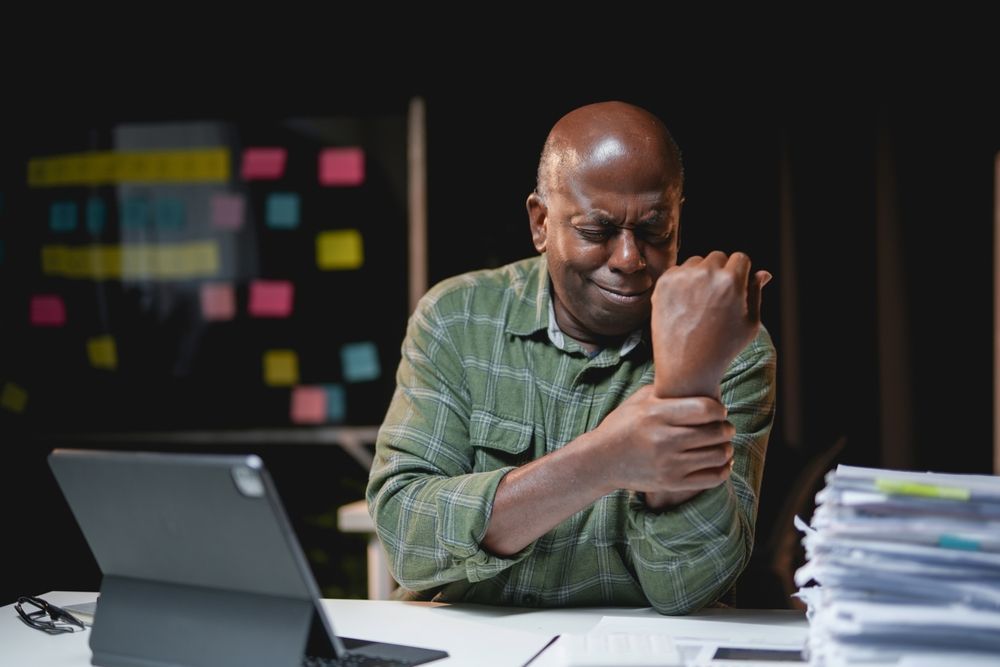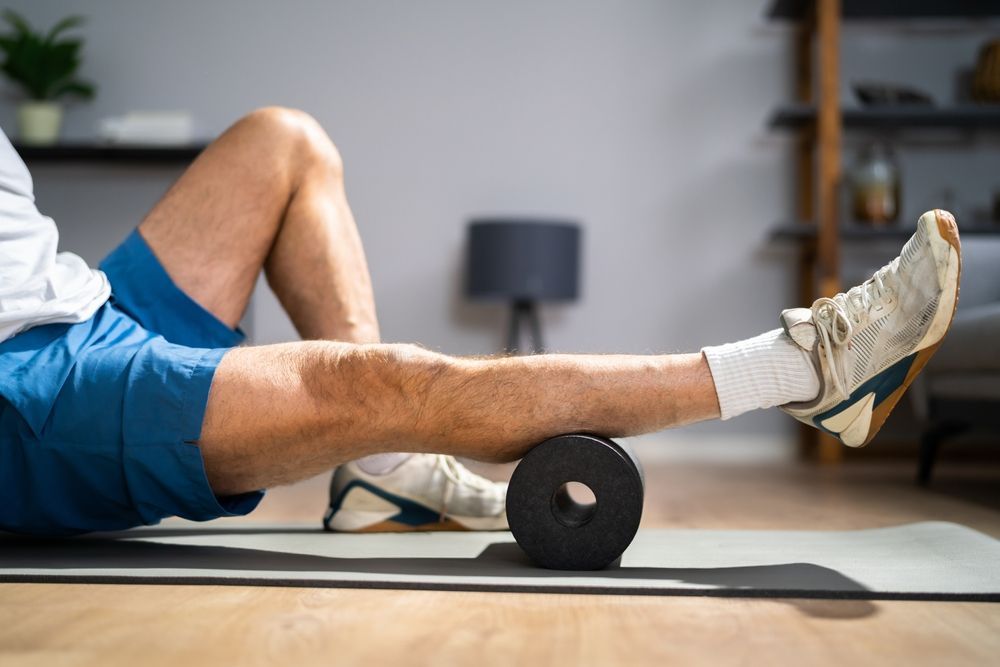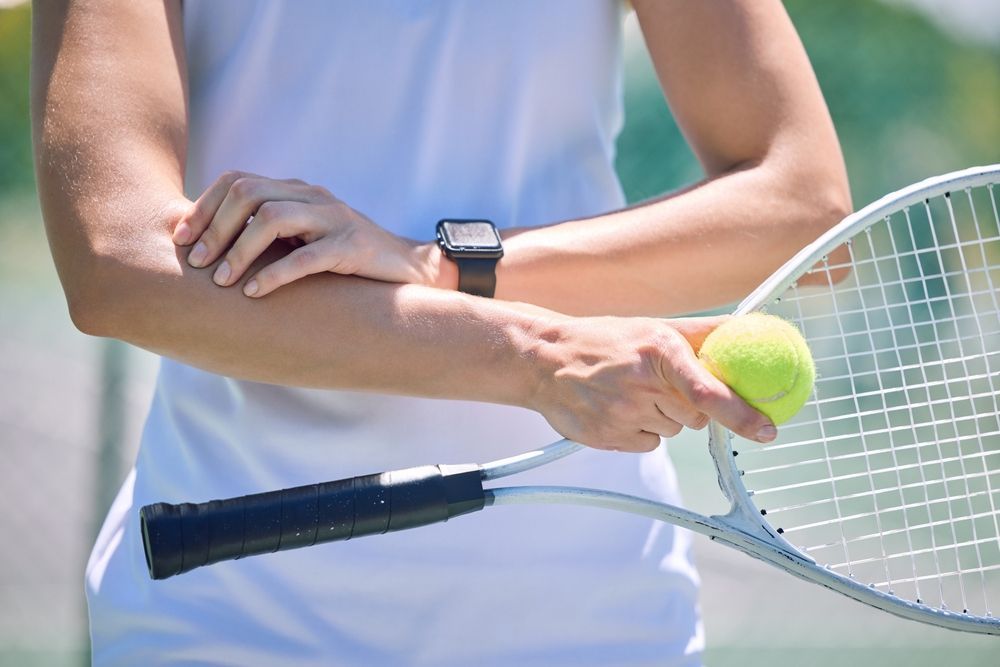Written by: Advanced Physical Medicine
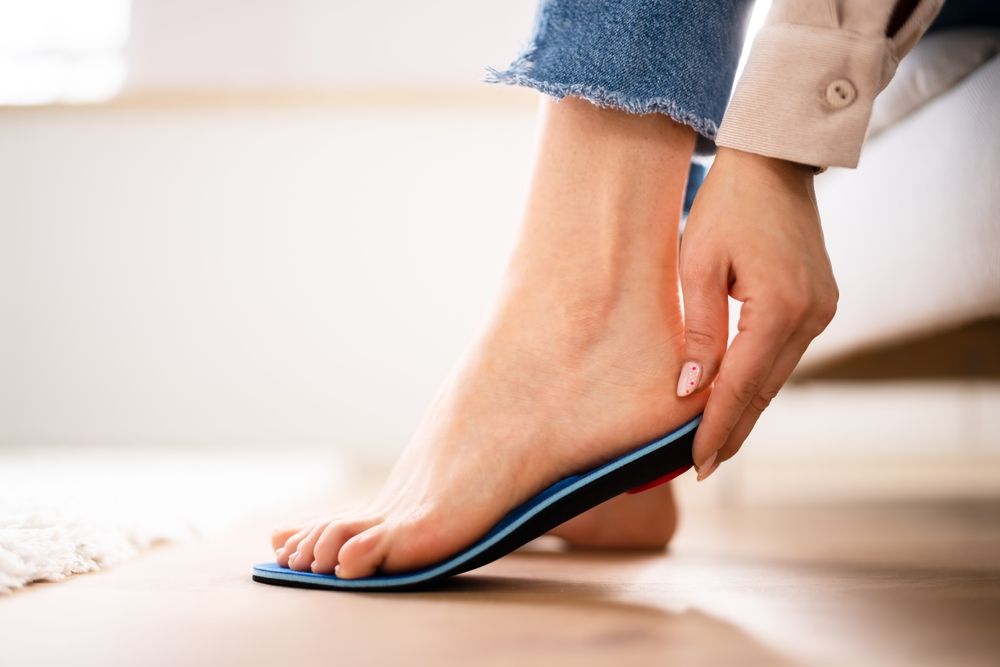
Whether you are suffering from bouts of foot and ankle pain, or recurring plantar fasciitis, you may find that you could benefit from custom orthotics. Custom orthotics are devices that are tailor-made to fit the unique structure of your foot, and they can provide you with the support that you need to live a pain-free, fully-mobile life.
What are Custom Orthotics?
Custom orthotics are specially designed shoe inserts crafted to address individual foot needs and improve overall comfort. Tailored to your unique foot structure, these orthotics help correct alignment, alleviate pain, and enhance support. Whether you're dealing with specific conditions like plantar fasciitis or simply seeking a better fit, custom orthotics offer a personalized solution to optimize your foot health and boost your daily comfort.
How Long do Custom Orthotics Last?
Custom orthotics typically last between 1 to 5 years, depending on factors like the materials used, frequency of use, and the level of wear and tear. High-quality orthotics made from durable materials can last longer, while those used heavily or subjected to harsh conditions may need replacement sooner. Regular check-ups with a healthcare professional can help assess their condition and ensure they continue to provide optimal support and comfort.
Factors Influencing Custom Orthotics' Lifespan
There are several factors that will contribute to the overall lifespan of your orthotics:
- The materials your custom orthotics are made from. It's important to work with a chiropractor who relies on the highest-quality materials to produce shock-absorbing custom orthotics that are built to last.
- The amount of time you wear your orthotics. If you have a very active lifestyle and wear your orthotics frequently, they may not last as long as those that are not used as often.
- Personal factors, such as your lifestyle and body weight. Individuals who weigh more will place increased pressure on their orthotics, which may impact their overall lifespan.
Generally speaking, you can expect your custom orthotics to last for between two and three years with regular use. Once you begin to notice that your orthotics are breaking down, it may be time to consider replacements.
Signs it's Time to Replace Your Custom Orthotics
These are a few signs that it may be time to replace your custom orthotics:
- You're experiencing foot and ankle pain again, even though you are wearing your custom orthotics on a regular basis. This is usually the first sign that your orthotics are no longer providing you with the support that they once did.
- You have new calluses or corns on your feet. When you wear your orthotics regularly and for a long period of time, you may start to experience friction when walking, which can lead to calluses or corns. If this happens, the material on your orthotics may be breaking down, and it might be time to replace them.
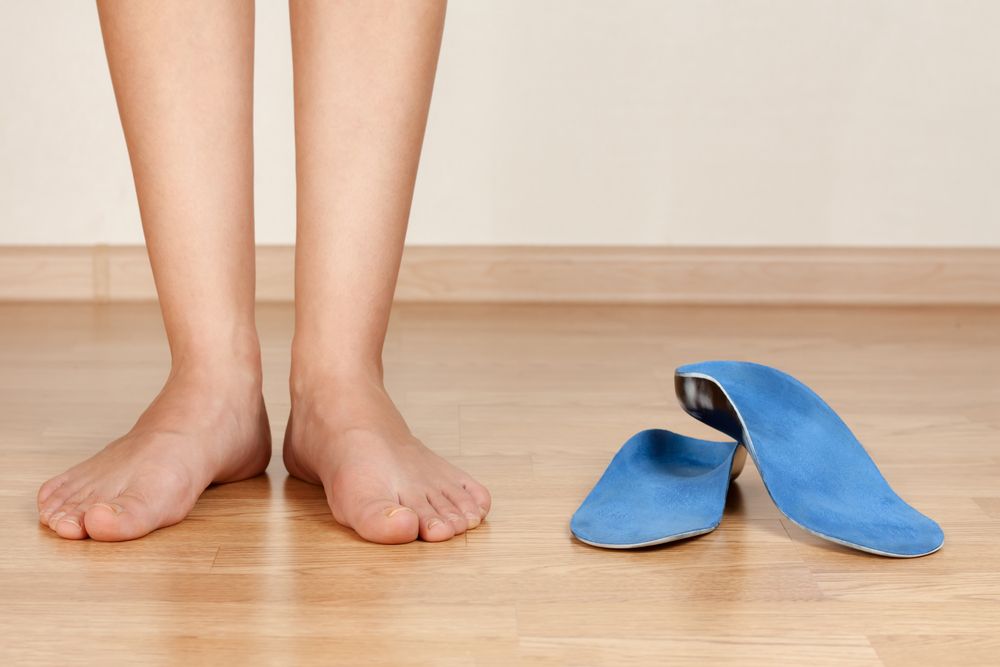
- You have started to notice that your custom orthotics appear thin, or they are breaking down in certain areas. Once the material starts to deteriorate, it is time to consider replacing your custom orthotics.
- You notice uneven wear and tear on your shoes that you use with your orthotics. This can be a sign that your weight is not properly distributed, and that your orthotics are no longer providing you with the correct alignment.
APM is Here to Help
At Advanced Physical Medicine of St. Charles, we believe that you deserve to live a comfortable, fulfilling and pain-free life, which is why we offer custom orthotics for those who are experiencing foot and ankle pain. Our custom orthotics are designed to be flexible, comfortable and effective, giving you a viable, long-lasting solution that leads to a higher quality of life.
For more information about custom orthotics and to learn how long custom orthotics last, request an appointment today.
40W201 Wasco Rd, Suite A/B
St. Charles, IL
Office: (630) 377-7788
Fax: (630)-377-7802
Imagined and executed by RivalMind.

